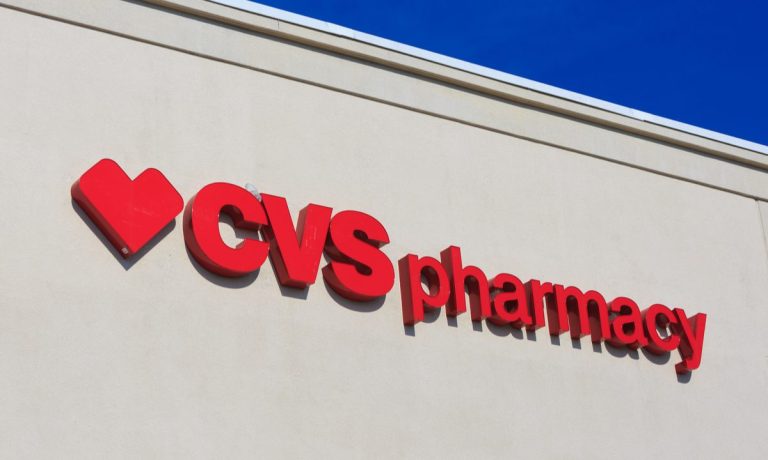With its lucrative COVID vaccine and testing franchise on the decline, the nation’s largest pharmacy retailer said Wednesday (May 4) that it was looking for ways to deploy new tech to help streamline connectivity with customers while also helping to boost sales and profitability.
Although the $125 billion Rhode Island-based healthcare provider now generates about two-thirds of its sales and profits from its healthcare and pharmacy benefit businesses, its chain of 9,900 stores in 49 states is still a highly lucrative and growing operation, albeit one that CVS is currently continuing to shrink.
“We have closed approximately 100 stores out of the 300 planned for this year and the 900 we plan to close by the end of 2024,” CVS Health CEO Karen Lynch told analysts on the company’s Q1 earnings call, noting that the company was retaining nearly 70% of customers and employees in the wake of the closures.
For the three months ending March 31, CVS said its Retail/ Long Term Care division revenues rose 9% to $25.4 billion, 80% of which came from the pharmacy or “back of store” with just 14% or $5 billion being generated by traditional “front of store” merchandise sales.
The Digital Pivot
To be sure, CVS has had a very good year and its stock has sharply outperformed both its closest competitor and the broader markets. Specifically, shares of CVS have risen 23% in the past 12 months, compared to a 22% decline for Walgreens Boots Alliance and a flat return for the S&P 500.
Advertisement: Scroll to Continue
To maintain that momentum, Lynch said all three prongs of the business were making progress to serve consumers “wherever and whenever they receive health care,” while pointing to new fulfillment option for consumer brands, as well as the growth of free and same day delivery on a growing number of health and wellness products sold online and also available set to become through approximately 6,000 CVS Community Health destinations later this year.
In addition, Lynch told analysts the company’s growing tech partnerships were also paying off.
“For example, our ‘Minute Clinic’ scheduling is now integrated into Google Search which is driving new and more convenient appointment booking,” Lynch said.
In addition, the company’s specialty pharmacy was also using Microsoft text analytics and robotics to automate the 40% of prescriptions that are still paper or fax based, Lynch said, a move that makes it easier and faster for it to fill patients’ prescriptions.
“We are increasingly using technology to improve our business process and reduce costs,” added Lynch, who has held the CEO role for 16 months and came to CVS via its acquisition of Aetna in 2018.
Lynch said the company and patients were both benefitting from the use of machine learning through an “intelligent medication monitoring and adherence engine” which tracks the most at-risk patients and helps predict the likelihood of they’ll divert from their prescription plans.
“This approach then prompts ways in which we can coach and help them maintain their overall health,” she said, adding that machine learning and robotics were also being used to resolve a wide range of prescription drug claims, which previously required the attention of a pharmacist.
The use of advanced tech is not only freeing up staff to spend more time with patients, but she said it was also mproving the consumer experience while reducing overall costs.
Adding Primary Care Practices
CVS also said that it was still actively looking to add or acquire primary care practices to its portfolio, a move CFO Shawn Guertin described as “capability based” rather than a “jumbo acquisition” without providing further specifics.
“We strive to deliver a superior health care experience for our consumers through lowering the cost of care, improving access and building engagement and convenience to our consumers and their communities,” Guertin said, expressing confidence that the company would maintain its momentum for the remainder of the year and beyond.




